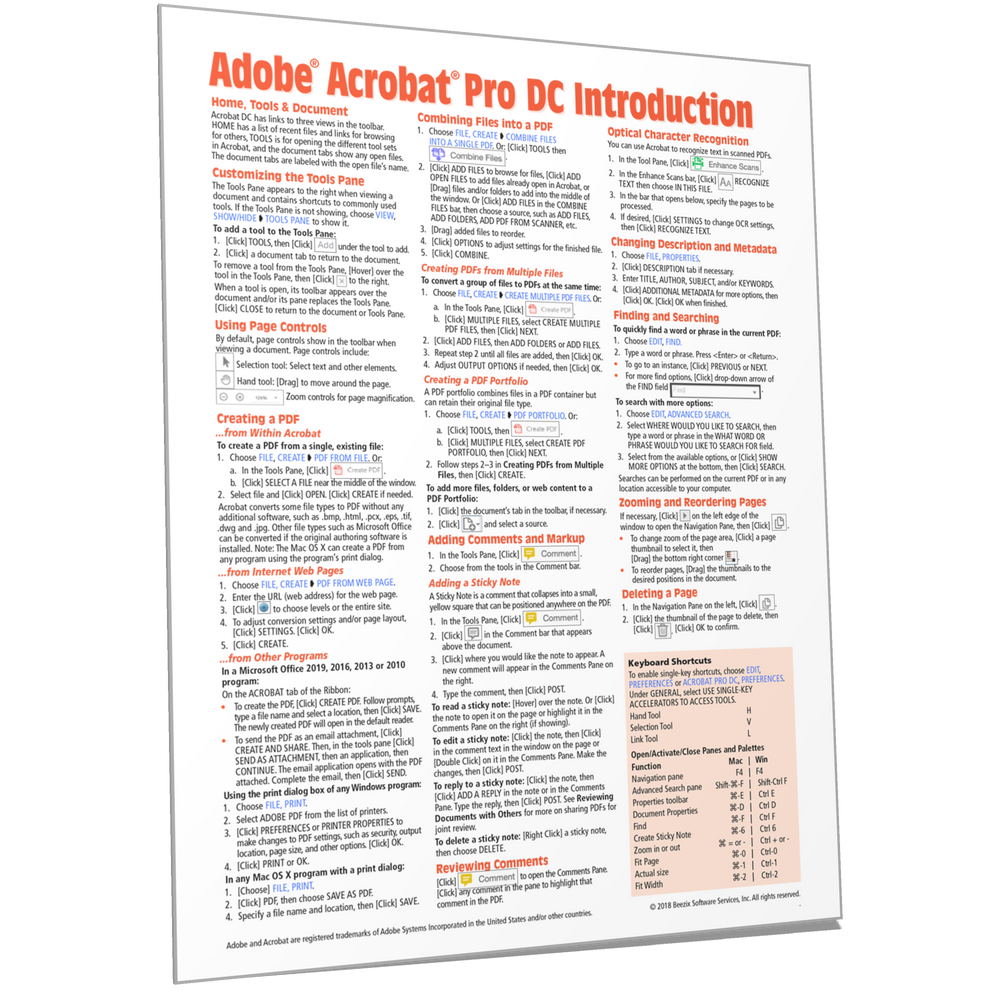

Select SMS_R_SYSTEM.ResourceID,SMS_R_SYSTEM.ResourceType,SMS_R_SYSTEM.Name,SMS_R_SYSTEM.SMSUniqueIdentifier,SMS_R_SYSTEM.ResourceDomainORWorkgroup,SMS_R_SYSTEM.Client from SMS_R_System inner join SMS_G_System_ADD_REMOVE_PROGRAMS on SMS_G_System_ADD_REMOVE_PROGRAMS.ResourceID = SMS_R_System.ResourceId where SMS_G_System_ADD_REMOVE_PROGRAMS.DisplayName = "Adobe Acrobat DC Classic"Īdobe Acrobat DC Classic 2015 Professional: Just create a device collection with limiting collection of All Systems and use a Query rule. They can easily distinguish which version (Standard or Pro) is installed because of what is listed in appwiz.cpl (Programs and Features). $AdobeSWID = Test-Path "C:\ProgramData\\_V7 Note, the version below is based on being fully patched, adjust as needed if you install an unpatched version. I like this method as opposed to a baseline because there are only two objects to update for deployment and reporting. I do that and then create a collection based on App Status class. You can do a Simulated Deployment of both of these to your environment to get your counts. I use the Powershell App Deploy Toolkit to code all this together. The key here is that right after the MSI install finishes you need to start Adobe Acrobat and let it run for 30 seconds or so, this is when the XML for SWIDTAG gets written to the directory.

I then use the two following detection rules on the DT. Same bits except that you insert your Pro or Std key into each during the install.

I use two Application objects to deploy both.


 0 kommentar(er)
0 kommentar(er)
